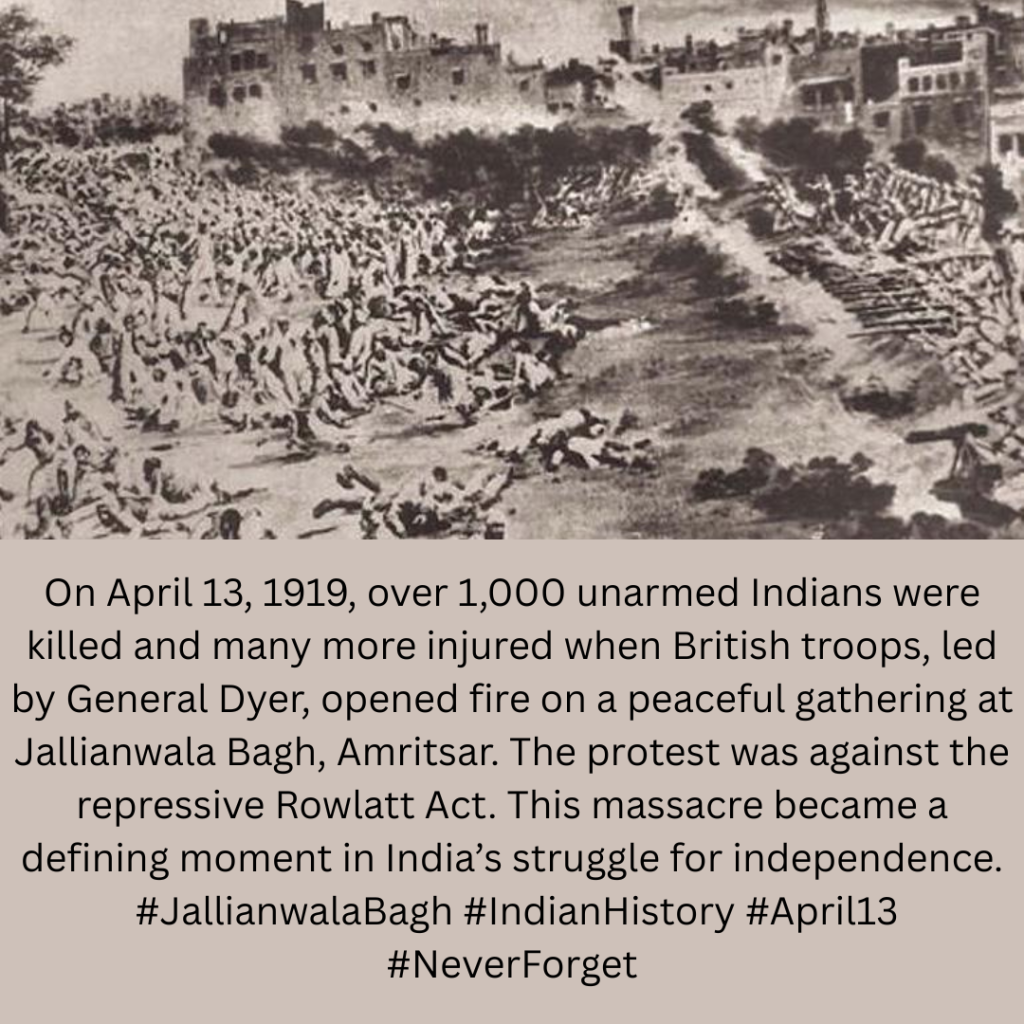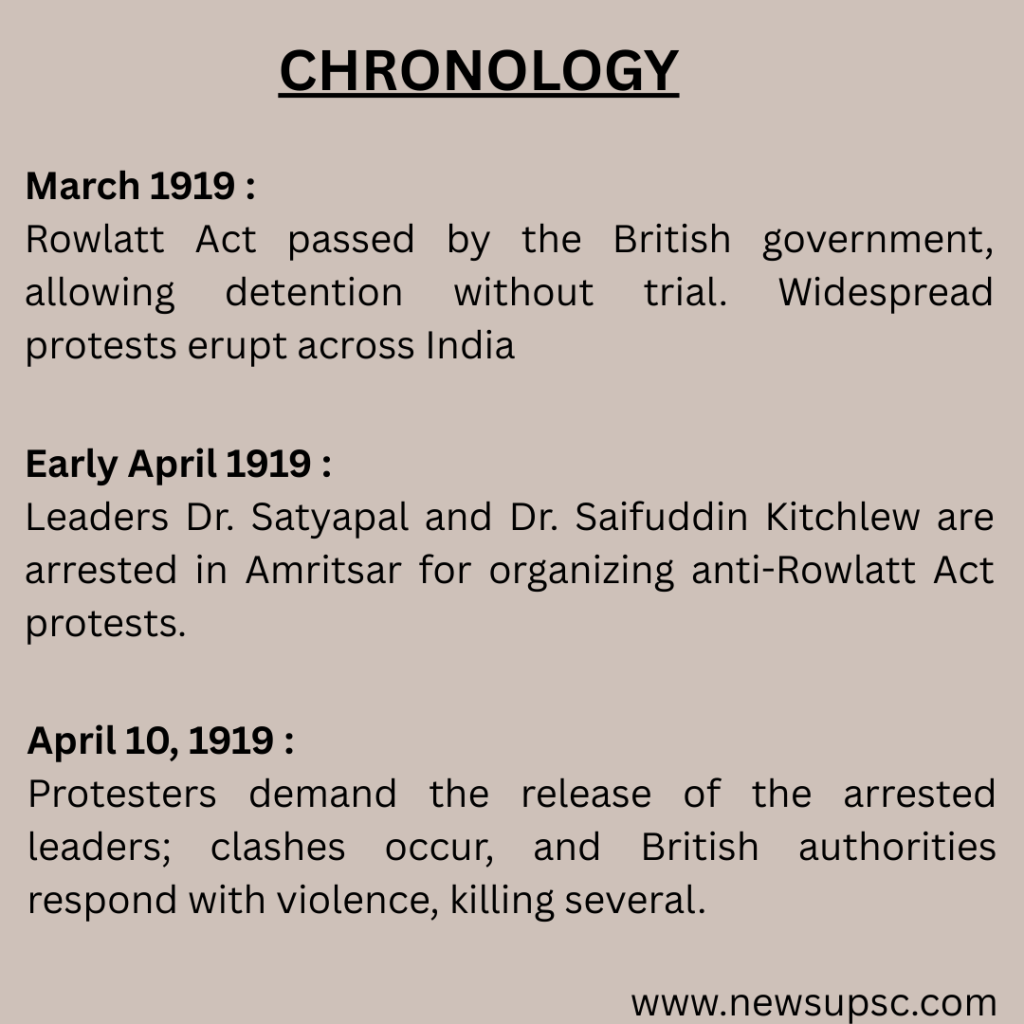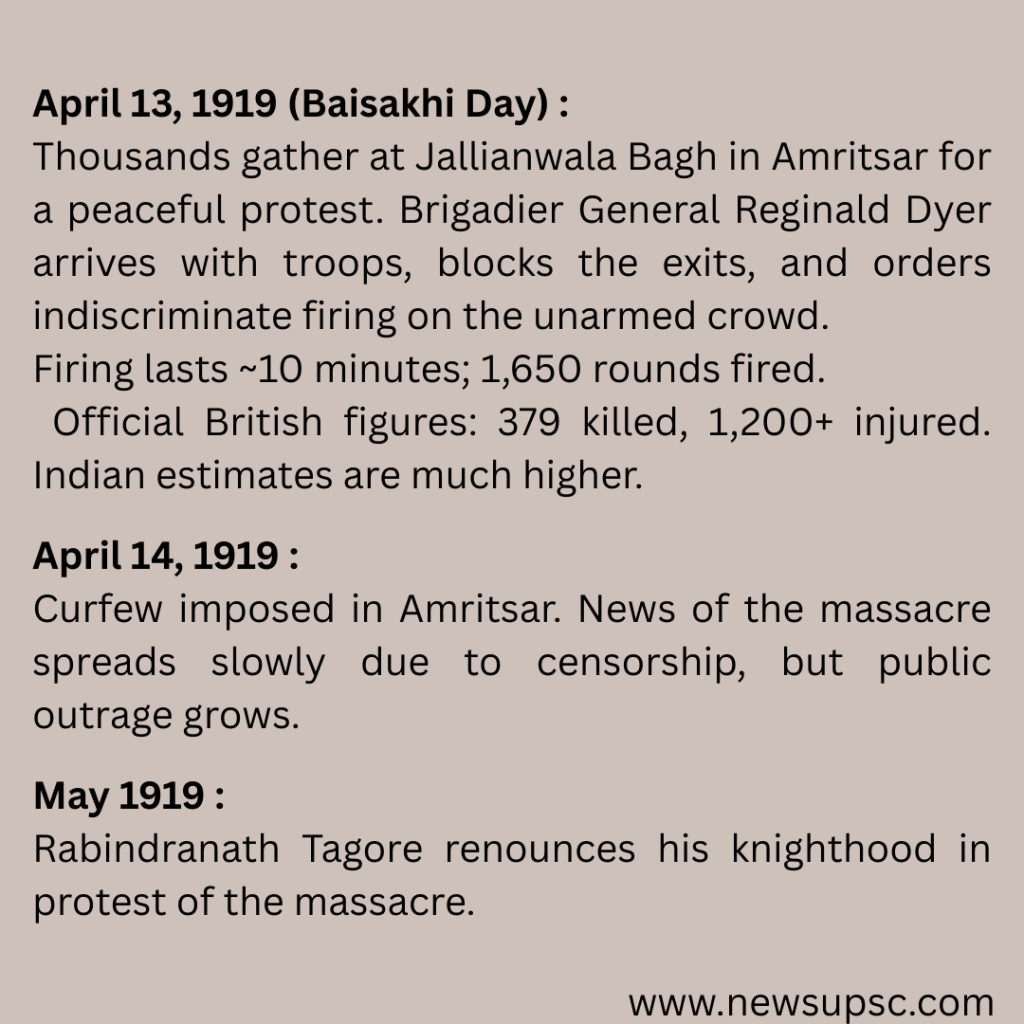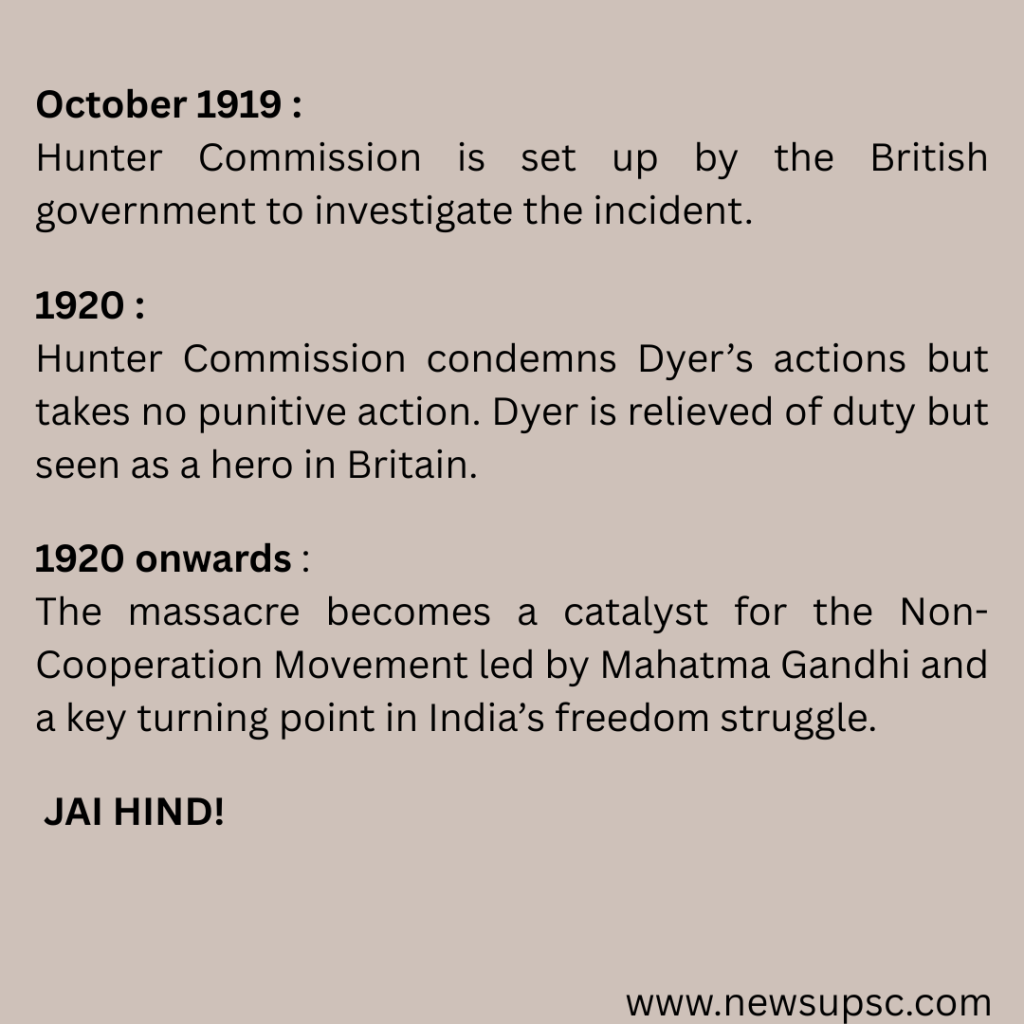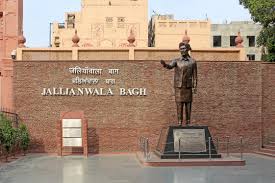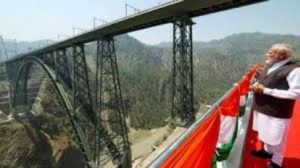April 13, 1919 — a day etched in the collective memory of India as a symbol of colonial cruelty and the unbreakable spirit of its people.
On this day, April 13, in the year 1919, one of the darkest chapters in India’s colonial history was written in blood. The Jallianwala Bagh Massacre, which unfolded in the city of Amritsar, Punjab, exposed the brutal nature of British colonial rule and became a turning point in India’s freedom struggle. As we mark the 106th anniversary in 2025, it is essential to revisit this solemn moment—not just to mourn, but to reflect, remember, and reaffirm the values of justice and sovereignty.
The Historical Context
In early 1919, colonial tensions were high. The British government had recently passed the Rowlatt Act, allowing them to imprison any person suspected of sedition without trial. This draconian law sparked widespread protests across India.
In Amritsar, the arrest of two prominent leaders, Dr. Saifuddin Kitchlew and Dr. Satyapal, added fuel to the fire. Protests erupted, and although largely peaceful, they were met with increasing repression by British authorities. It was against this backdrop that the events of April 13 occurred.
The Massacre
On the afternoon of April 13, 1919, thousands of men, women, and children gathered at Jallianwala Bagh, a public garden surrounded by high walls with limited exits, to protest peacefully and celebrate the festival of Baisakhi.
Without warning the crowd to disperse, Brigadier General Reginald Dyer marched in with 90 soldiers and ordered them to open fire. The firing continued for about 10 minutes, with 1,650 rounds discharged into the unarmed crowd.
Official British records reported 379 deaths, though Indian estimates place the toll well over 1,000, with many more injured. The massacre left the nation shaken and horrified.
Aftermath and Impact
The Jallianwala Bagh Massacre provoked widespread outrage in India and globally. Rabindranath Tagore renounced his knighthood in protest, and Mahatma Gandhi intensified his call for non-cooperation against the British Raj.
The event also marked a psychological turning point in India’s freedom movement. It shattered illusions about the benevolence of British rule and united Indians across regions and religions in their quest for independence.
General Dyer was relieved of duty but faced no real punishment, a fact that further fueled Indian resentment.
The site of the massacre stands today as a national memorial, visited by thousands every year. It holds the bullet-marked walls and the well into which many jumped to escape the firing—silent witnesses to the tragedy that unfolded.
Over the years, Jallianwala Bagh has come to symbolize not just colonial cruelty, but also the courage and resilience of the Indian people.
History must be remembered not to nurture resentment, but to ensure that such injustices are never repeated. The memory of Jallianwala Bagh calls upon us to remain vigilant, to stand against oppression in any form, and to uphold the rights and freedoms that so many gave their lives for.
Let us never forget.
Jai Hind.
